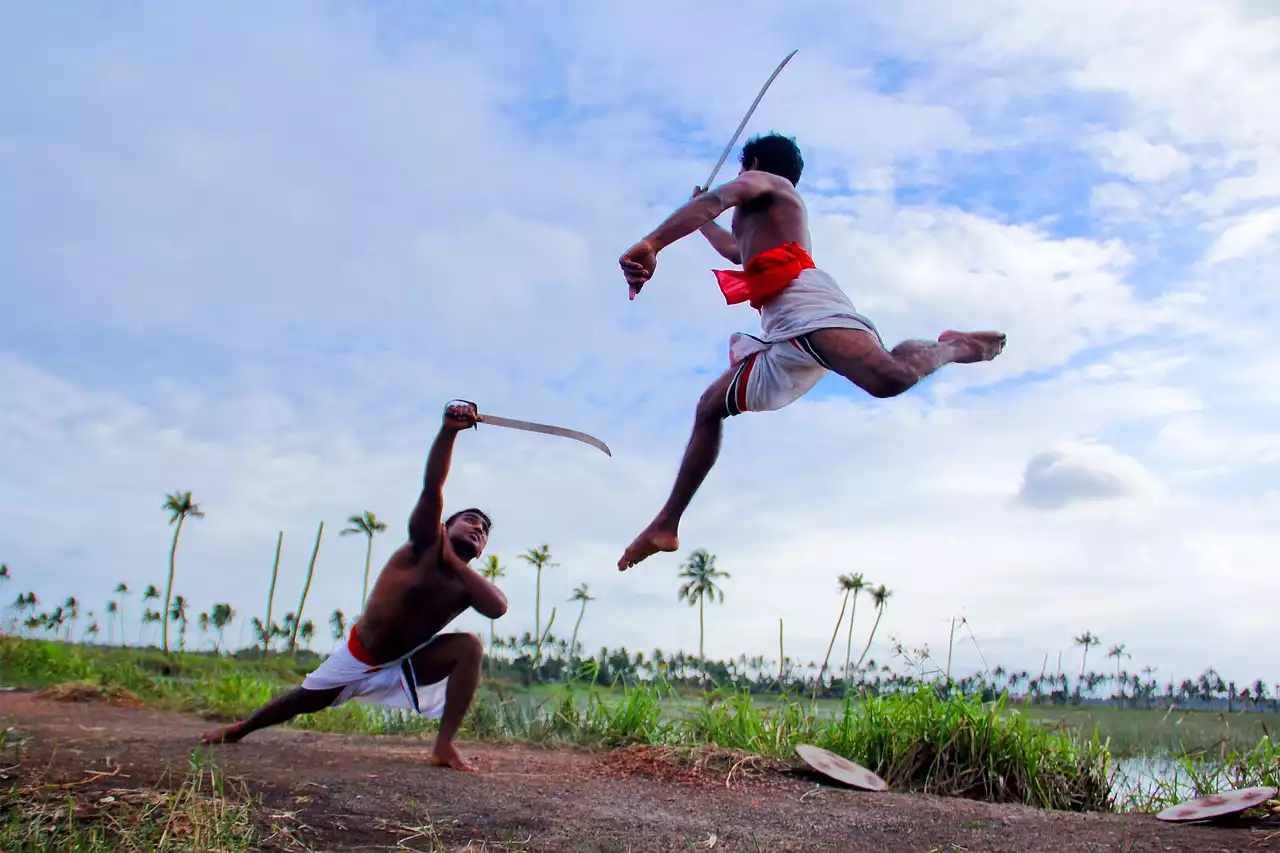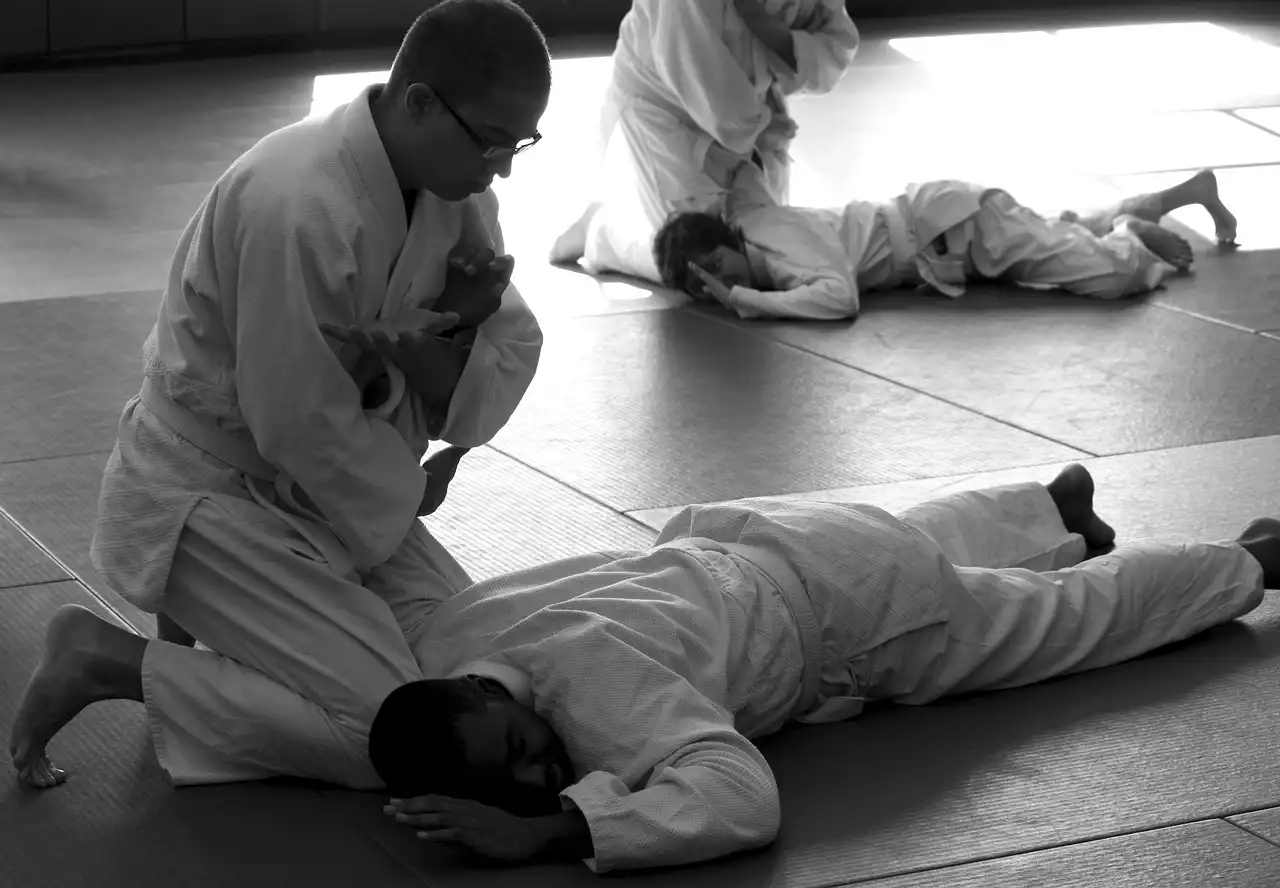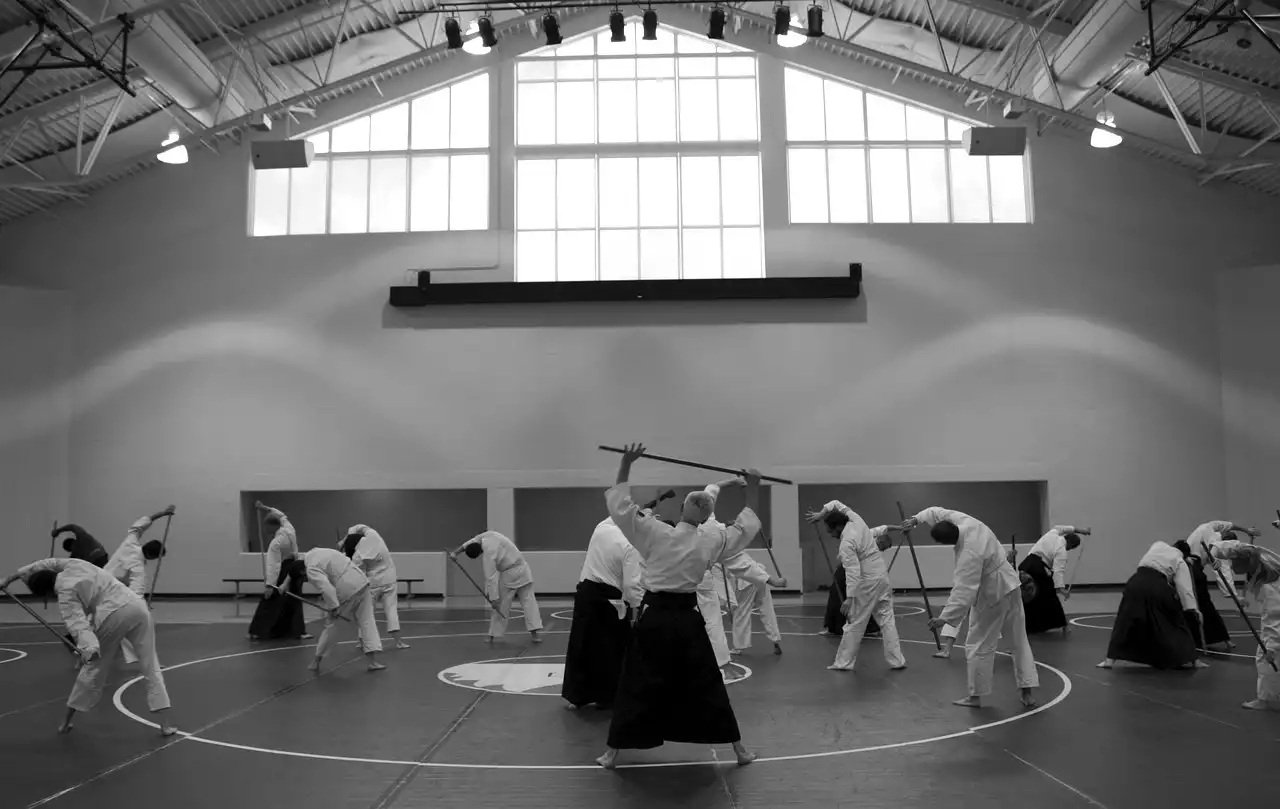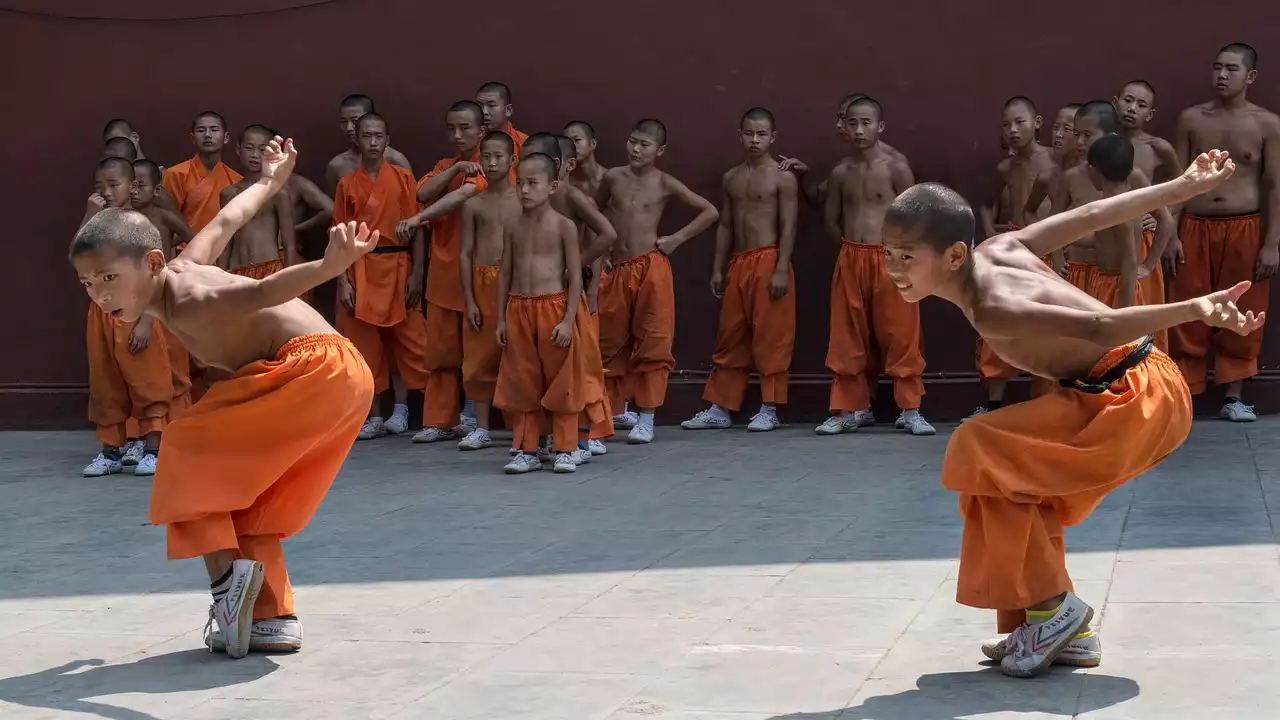Understanding the concept of "kendo no kokoro"
Kendo is often referred to as "kendo no kokoro," which translates to "the heart of kendo." At its core, kendo no kokoro is about developing a strong and clear mind. To achieve this, kendo practitioners must cultivate a sense of discipline, focus, and mental toughness. Through rigorous training and practice, kendo practitioners aim to develop a strong mind and body, and to develop a sense of harmony with their opponents.
One of the key principles of kendo no kokoro is the idea of "mushin," or "no-mind." This concept involves clearing one's mind of all thoughts and distractions, and focusing solely on the present moment. In kendo, this means focusing on the opponent and reacting instinctively to their movements, rather than overthinking or hesitating.
Another important aspect of kendo no kokoro is the concept of "ki-ken-tai-ichi," which means "spirit, sword, and body as one." This principle emphasizes the importance of synchronizing one's physical movements with their mental and spiritual state. By achieving this state of unity, kendo practitioners can perform at their best and achieve a sense of harmony with their opponents.
The role of discipline in Kendo philosophy
Discipline is a fundamental aspect of kendo philosophy. In order to become a skilled kendo practitioner, one must have the discipline to commit to rigorous training and practice. This involves not only physical training, but also mental and spiritual training.
In kendo, discipline is instilled through the practice of "kata," which are prearranged forms or sequences of movements. Practicing kata requires a great deal of discipline and focus, as practitioners must memorize and execute precise movements with precision and accuracy.
Discipline in kendo also extends to the practitioner's behavior and conduct both on and off the training floor. Kendo practitioners are expected to adhere to a strict code of conduct, which emphasizes respect, humility, and honor. This includes showing respect to one's opponents, instructors, and fellow practitioners, as well as upholding the values of bushido.
The importance of respect in Kendo
Respect is a central tenet of kendo philosophy. In kendo, respect is not only shown to one's opponents, but also to one's instructors, fellow practitioners, and the art of kendo itself.
One of the ways in which respect is demonstrated in kendo is through the practice of "rei," or bowing. Bowing is a way of showing respect to one's opponent, instructor, or the art of kendo itself. It is also a way of acknowledging the importance of discipline and humility in the practice of kendo.
Another way in which respect is demonstrated in kendo is through the practice of "senpai-kohai," or senior-junior relationships. In kendo, more experienced practitioners are expected to show respect and mentorship to less experienced practitioners, while less experienced practitioners are expected to show respect and deference to more experienced practitioners. This relationship is built on mutual respect and the desire to improve oneself and the art of kendo.
The connection between Kendo and Zen Buddhism
Kendo has a close connection to Zen Buddhism, which emphasizes the importance of mindfulness, self-awareness, and living in the present moment. In kendo, the practice of "mushin" or "no-mind" is similar to the concept of "zanshin," which means "remaining mind."
Zanshin is the idea of maintaining a state of heightened awareness and readiness, even after a technique or movement has been executed. This involves remaining alert and focused on the opponent, and being prepared to react to any movement or attack.
The practice of zazen, or seated meditation, is also an important part of both kendo and Zen Buddhism. Through the practice of meditation, practitioners aim to cultivate a sense of calm, focus, and mental clarity.
The significance of "kata" in Kendo
Kata, or prearranged forms or sequences of movements, are a fundamental aspect of kendo practice. Kata involve a series of precise movements and techniques, which are performed with a partner or opponent.
One of the key benefits of practicing kata is the development of muscle memory and technique. By practicing kata repeatedly, kendo practitioners can develop the muscle memory required to execute precise movements with speed and accuracy.
Kata also help to develop a sense of timing and rhythm, as well as an understanding of distance and spacing. By practicing kata with a partner, kendo practitioners can learn how to read and react to their opponent's movements, and develop a sense of harmony with their partner.
The role of meditation in Kendo practice
Meditation is an important aspect of kendo practice, as it helps to cultivate a sense of calm, focus, and mental clarity. Through the practice of meditation, kendo practitioners aim to develop a strong and clear mind, which is essential for effective swordsmanship.
One of the key benefits of meditation is the development of mindfulness, which involves being fully present and aware in the current moment. This can help kendo practitioners to remain focused and alert during training and competition, and to react to their opponent's movements with quickness and precision.
Meditation can also help to reduce stress and anxiety, which can have a positive impact on overall mental and physical health. By practicing meditation regularly, kendo practitioners can develop a sense of inner peace and balance, which can enhance their overall well-being.
Kendo etiquette and customs
Kendo has a rich tradition of etiquette and customs, which are designed to promote respect, discipline, and honor. Some of the key customs and practices in kendo include bowing, showing respect to one's opponent, instructor, and fellow practitioners, and adhering to a strict code of conduct.
Kendo practitioners are expected to show respect to their opponents, even in competition. This includes bowing before and after a match, and demonstrating good sportsmanship and fair play.
Kendo also has a strict code of conduct, which emphasizes the importance of humility, honor, and respect. This includes showing respect to one's instructor, following the rules and regulations of kendo, and upholding the values of bushido.
Kendo training and competition
Kendo training involves a combination of physical, mental, and spiritual practice. Physical training includes the practice of basic techniques, such as strikes, blocks, and footwork, as well as more advanced techniques and strategies.
Mental training in kendo involves developing a strong and clear mind, which is essential for effective swordsmanship. This includes the practice of meditation, as well as the cultivation of mental toughness, focus, and discipline.
Spiritual training in kendo involves developing a sense of harmony with one's opponent, as well as cultivating a sense of respect, honor, and humility. This involves adhering to a strict code of conduct, showing respect to one's opponents and instructors, and upholding the values of bushido.
Kendo competition involves sparring with an opponent, using a bamboo sword called a "shinai." Matches are typically held in a controlled setting, and are governed by a set of rules and regulations. Competitors are judged on a variety of factors, including technique, form, and sportsmanship.
Kendo equipment and attire
Kendo practitioners wear a distinctive set of equipment and attire, which is designed to protect the body and facilitate effective swordsmanship. This includes a protective helmet called a "men," a chest protector called a "do," and forearm and shin guards called "kote" and "tare," respectively.
Kendo practitioners also wear a traditional uniform called a "gi," which consists of a jacket and pants made of lightweight, breathable fabric. The uniform is designed to allow for ease of movement during training and competition.
In addition to these protective and functional items, kendo practitioners also use a bamboo sword called a "shinai" during training and competition. The shinai is designed to simulate the weight and feel of a real sword, while minimizing the risk of injury to the practitioner and their opponent.




